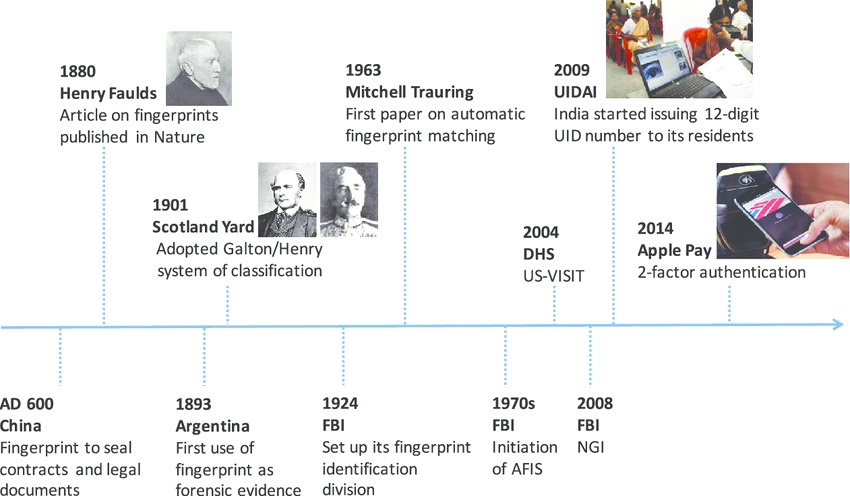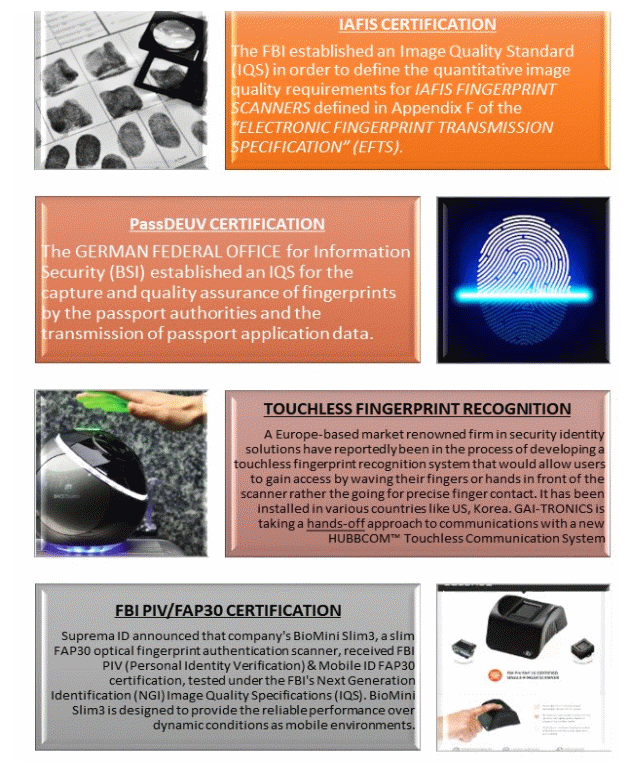Fingerprints have been used in forensic investigations for the identification of individuals since the late 19th century. However, it`s now clear that fingerprints can provide significantly more information about an individual. Fingerprint technology has a reputation for having a decent balance of all the desirable properties are universality, distinctiveness, permanence, collectability, performance, acceptability, and circumvention.
EVOLUTION OF FINGERPRINTS
Fingerprint technology has been widely used in critical applications. The traditional ink and paper in the 1800s to the Nyayags Society of Forensics & Criminal Justice® introduction of sensors a century later and touchless swipe sensors manufactured in the 2000s, fingerprint technology has grown and since been used for various applications proving that this technology can be used to simplify processes. As people, technologists, and organizations, we have a wealth of technology and connectivity at our fingertips. This has perfect benefits for how we work and live, offering greater flexibility, productivity, and scalability. In the realm of biometric identification, fingerprint technology has long held a prominent position. The unique patterns and ridges on our fingertips have been reliable personal identity makers for centuries. However, with the advent of advanced technology and nonstop innovation, fingerprint technology is poised to undergo a transformative evolution.

LATENT ADVANCEMENTS IN FINGERPRINT TECHNOLOGY

ADVANTAGES OF FINGERPRINT TECHNOLOGY
- ENHANCED SECURITY
- HEALTH CARE AND MEDICAL RECORDS SECTOR
- BORDER CONTROL AND TRAVEL
- CRIMINAL RECORDS
- FORENSIC INVESTIGATION
